Looking To Buy A Phone? These Secondhand Options Are Worth Considering
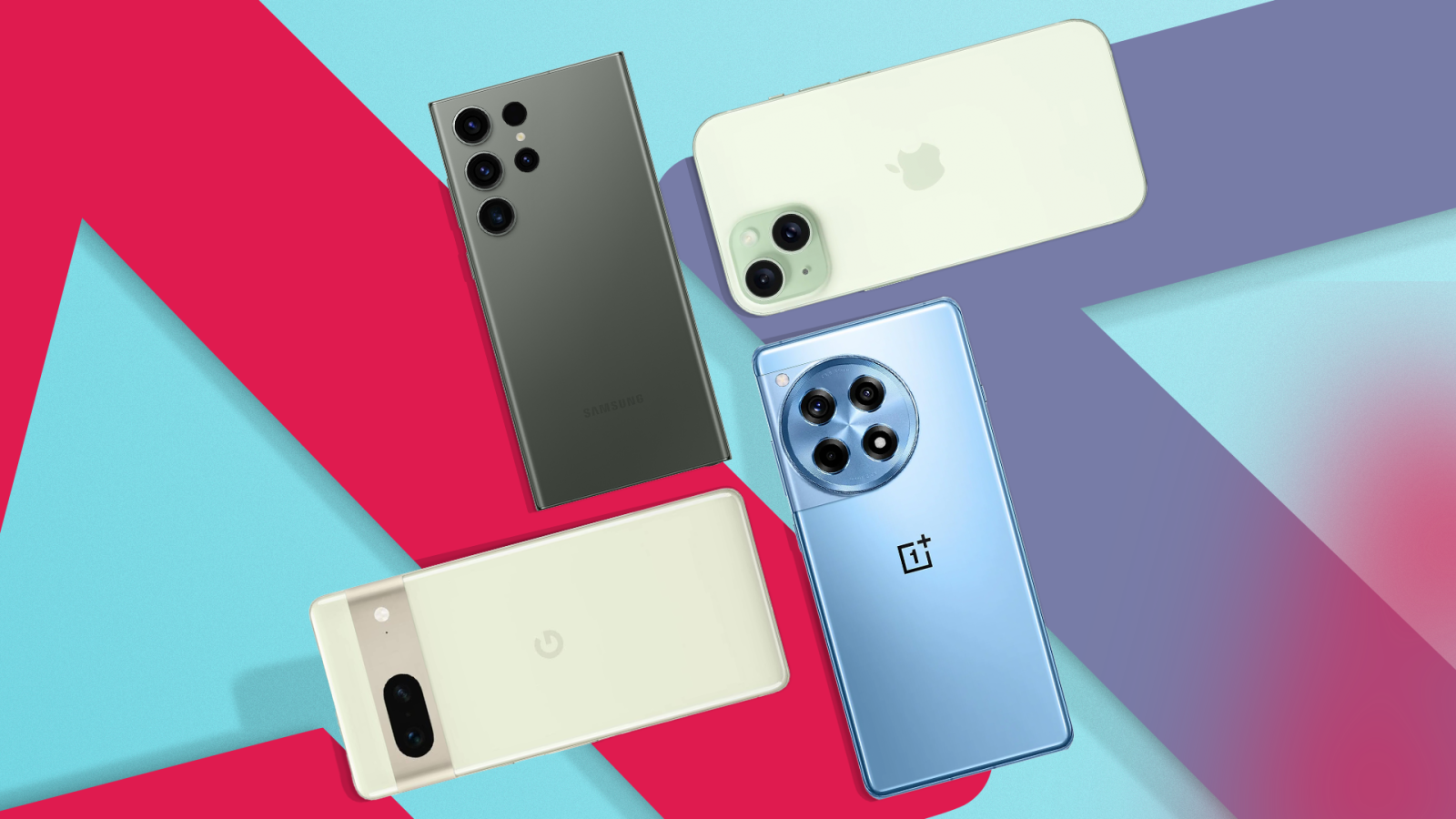
Contents
Our 6 favorite secondhand smartphones that will help you save money and the environment

Sign in to your Android Police account
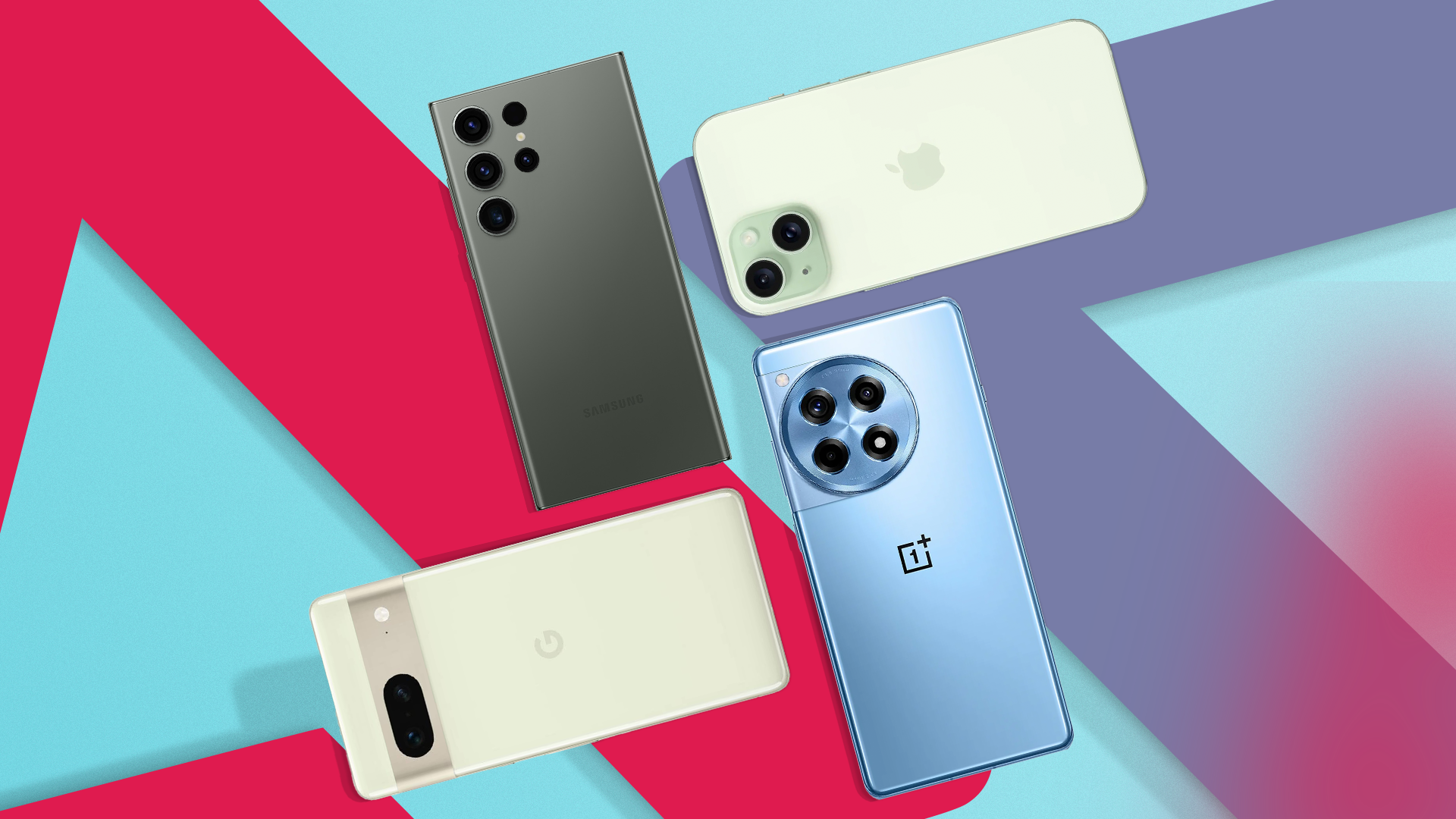
Flagship smartphones are getting more expensive. If you want the latest and greatest smartphone, you’ll spend upwards of $1,000, which may seem excessive to most consumers. While buying a mid-range smartphone is a good alternative, these may get more expensive because of increasing tariffs and component costs. What’s the most cost-effective way to buy a capable smartphone? A used smartphone provides excellent value, since you can pick up a flagship smartphone from previous years at a lower price.
Besides being light on your wallet, secondhand phones contribute to saving the environment. They reduce e-waste, since the previous owner didn’t dispose of the phone. Buying a new phone involves the waste of paper and plastic used in manufacturing the phone, its accessories, the box, and the paperwork inside. These factors, along with the powerful hardware and long software support of recent smartphones, make getting a used phone a lot of sense. This Earth Day, play your part by getting the best secondhand phone instead of purchasing a new one.
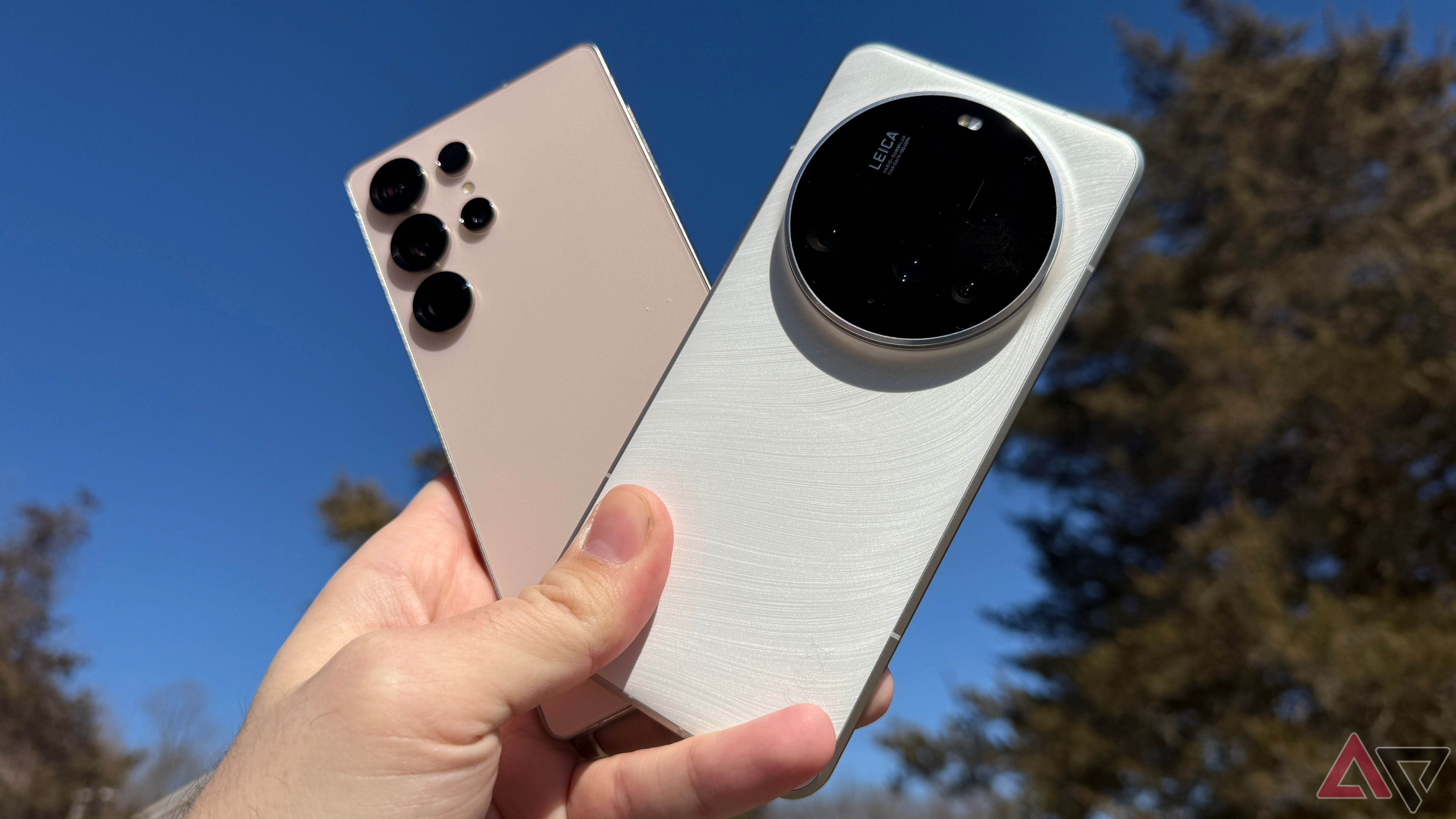
Related
While we added links to certified refurbished products, you can look for unboxed versions or variants on secondhand marketplaces like Swappa, eBay, and Facebook Marketplace for better deals. However, if you do, inspect the phone to check for issues.
6 OnePlus 12R
Best for most people

The OnePlus 12 was the brand’s flagship smartphone last year. It was priced close to $800, which is expensive for many consumers. The brand also launched the OnePlus 12R, a more affordable smartphone for the masses, priced at $500. Despite being a mid-range phone, the OnePlus 12R launched with the previous generation flagship chipset, the Qualcomm Snapdragon 8 Gen 2. That makes it one of the most powerful phones in its segment. Couple it with OnePlus’ promise of three years of OS updates, and you have a phone that’s also future-proof.
There’s a 50MP primary camera with an f/1.8 aperture, an 8MP ultrawide camera, and a 2MP macro lens. While it’s not the most capable camera phone in its segment, the OnePlus 12R clicks decent pictures that may suffice for most people. Running the show is a massive 5,500mAh cell that lasts up to two days. To make things better, the brand bundles a 100W charger in the box that can take the phone from zero to 100% in about half an hour. A year later, the OnePlus 12R can be found used for around $300 to $350, making it a better value than it was at launch. Look for the Open Box price, which is generally listed below the retail price.

OnePlus 12R
$400 $500 Save $100
The OnePlus 12R is the cheaper sibling of the OnePlus 12, delivering almost the same experience as the flagship at a lower price point. It achieves this using a Snapdragon 8 Gen 2 chip, a 6.78-inch FHD+ OLED display, and a beefy 5,500mAh battery.
- SoC
- Snapdragon 8 Gen 2
- Display type
- LTPO AMOLED, 120Hz
- Display dimensions
- 6.78″, 19.5:9
- Storage
- 128GB or 256GB
- Battery
- 5,500mAh
- Rear camera
- 50MP, f/1.8 main; 8MP, f/2.2 ultrawide; 2MP, f/2.4 macro
2:43
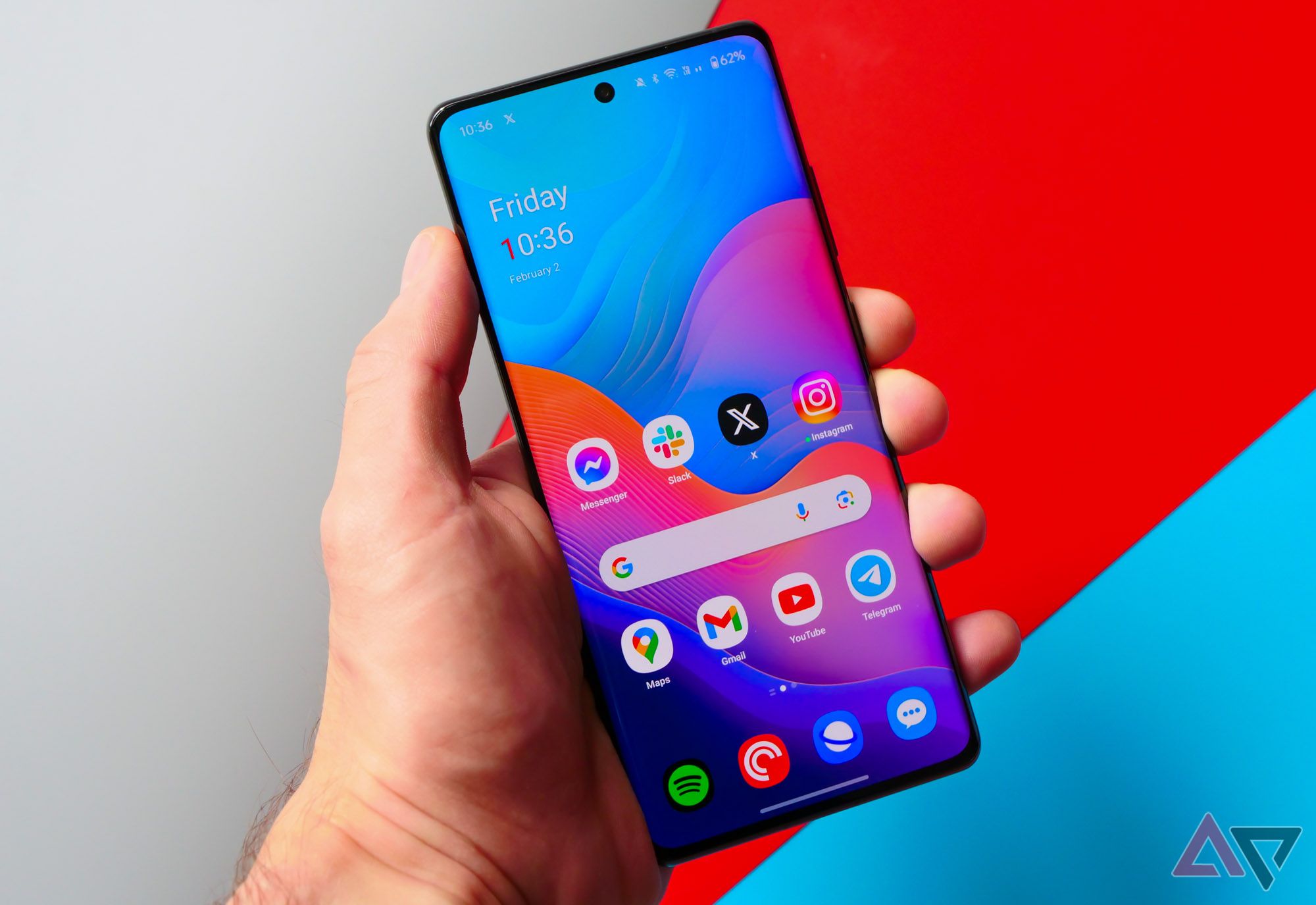
Read our review
OnePlus 12R: A real flagship killer for $500
A phone that packs all the power you need for the price you want to pay
5 Google Pixel 7
A steal for $200
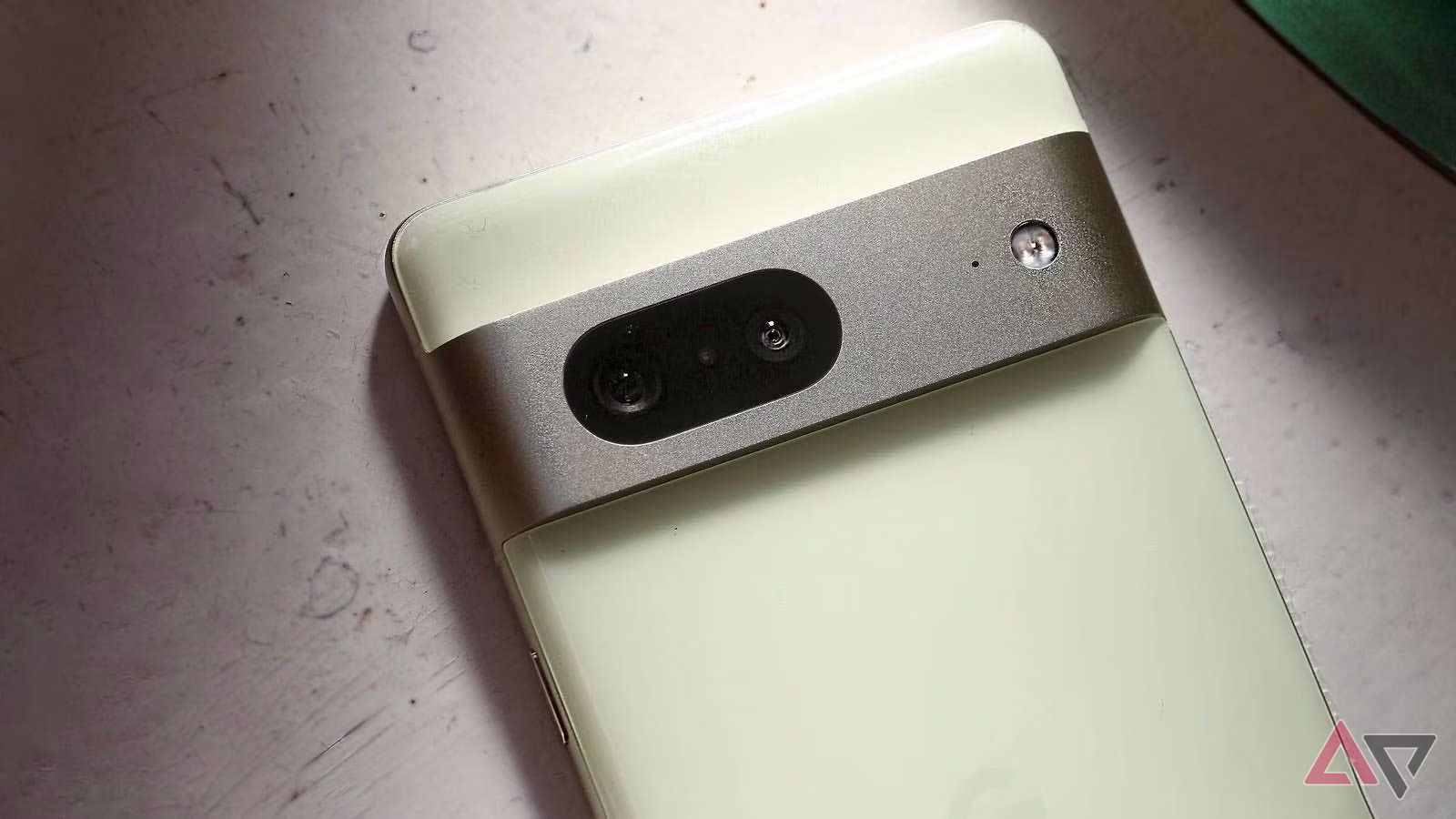
The Google Pixel 7 was Google’s flagship smartphone for 2022. It’s compact, powerful, and has a capable set of cameras. Additionally, the phone has an attractive design and clean software, and Google promises software updates until 2027. This is a big selling point for the Pixel 7, since the phone will stay relevant for at least two to three years. Considering that the Pixel 7 is available for around $150 to $200 in a used state, this is one of the only phones in its segment that will stay up to date for that long.
The Tensor G2 isn’t the most powerful chipset, and the 4,355mAh battery may seem small by 2025 standards. Despite this, the hardware is among the best you can get for under $200. Pixel phones are known for their cameras, and the Pixel 7 delivers on that front. The pictures clicked by the 50MP primary camera on the Pixel 7 are among the best in its price segment, up to $300 to $400. The 12MP ultrawide shooter is decent, and the 10.8MP selfie shooter is impressive. If you’re looking for a secondary phone or a phone for your kids that won’t break the bank, the Pixel 7 is an excellent choice. You can pick up the Pixel 7 Pro with a bigger screen, battery, and an extra zoom camera for a little more money.
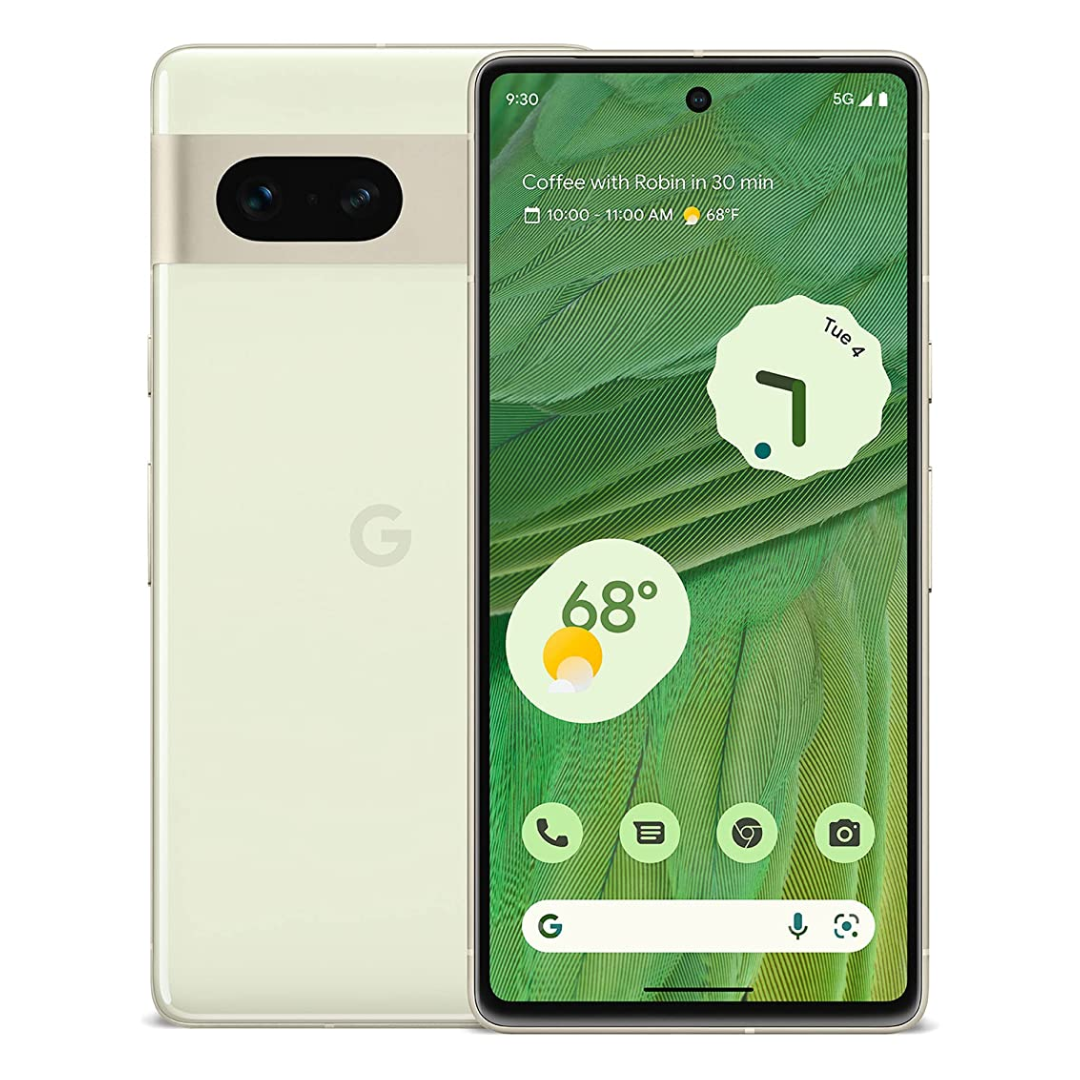
Google Pixel 7
Google did not reinvent the wheel with the Pixel 7, but there was no need to. With improved cameras, the next-gen Tensor G2 chipset, and Google’s wonderfully feature-filled software, the Pixel 7 earns its price tag again this year.
- SoC
- Google Tensor G2
- Display type
- OLED, 90Hz
- Display dimensions
- 6.3″
- Storage
- 128GB, 256GB
- Battery
- 4,355mAh
- Rear camera
- 50MP wide (f/1.85), 12MP ultrawide (f/2.2, 114° FoV)
Read our review
Google Pixel 7: The most refined Pixel yet
The Pixel 7 stays true to Google’s new design language
4 Apple iPhone 15
Reliable and future-proof
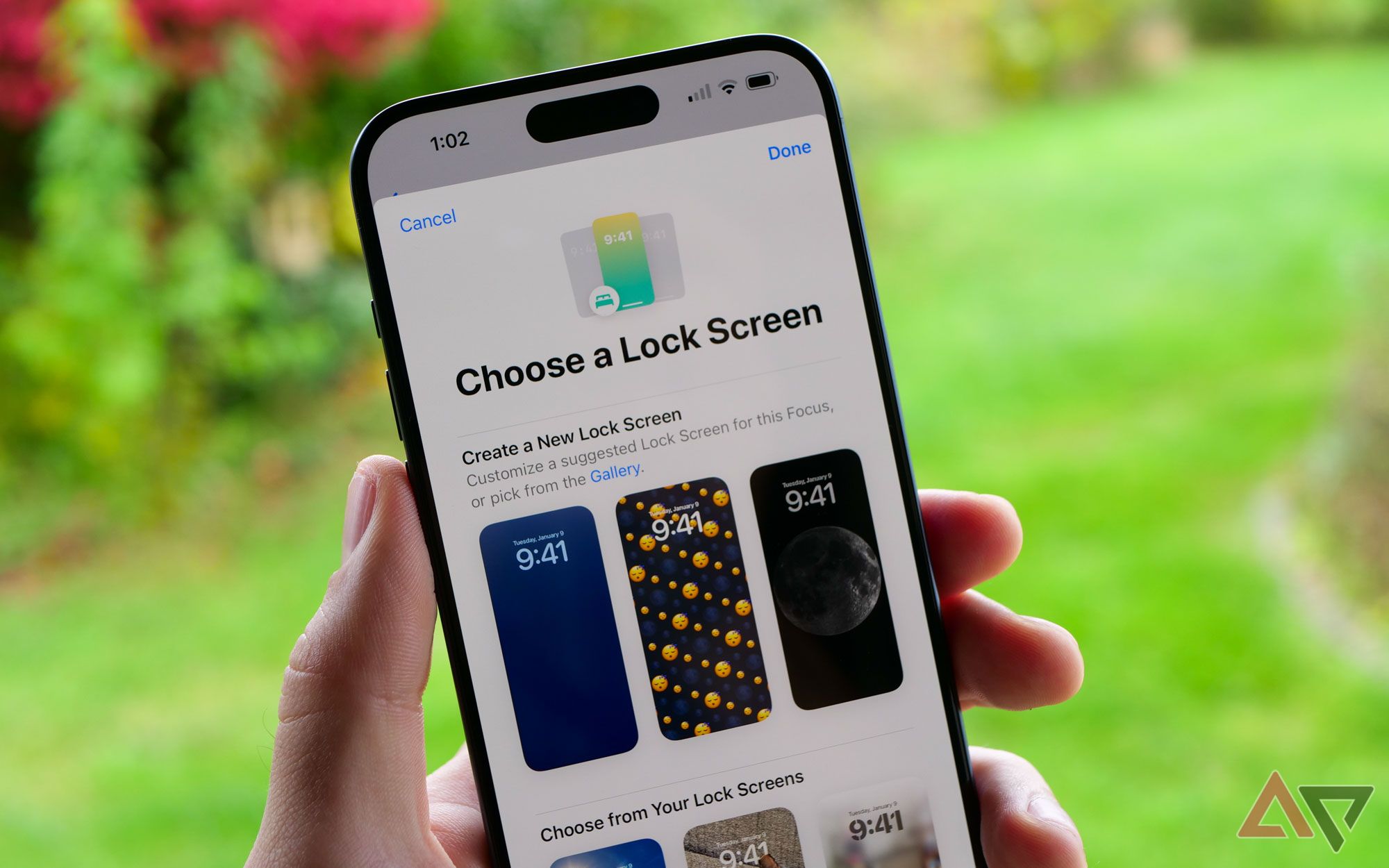
Many consumers prefer iPhone devices due to their reliability and long software support. Additionally, some users may be closely tied to the Apple ecosystem due to iMessage or another Apple device like an iPad, Apple Watch, or Mac. If you belong to that segment, the iPhone 15 is a fantastic phone to buy in the secondhand market. The A16 Bionic chipset is as powerful as it gets, and iPhone devices are known to perform smoothly for years to come.
Despite the OLED display capping out at 60Hz, it’s sharp, and the colors are pleasing to the eyes when watching content. There are two cameras on the rear: a 48MP primary shooter and a 12MP ultra-wide camera. The camera output from the phone is fantastic, and it holds its own in 2025.
There are a few differences when you compare the iPhone 15 to this year’s iPhone 16, making it worth the $450 to $500 asking price. It’s a better deal than the newly launched iPhone 16e. While it misses out on Apple Intelligence, the feature isn’t that useful, so it’s not a big miss. You should be covered with software updates until 2028, making it future-proof for years. The iPhone 15 Plus, with a larger display and battery, is a solid option for a few bucks more.
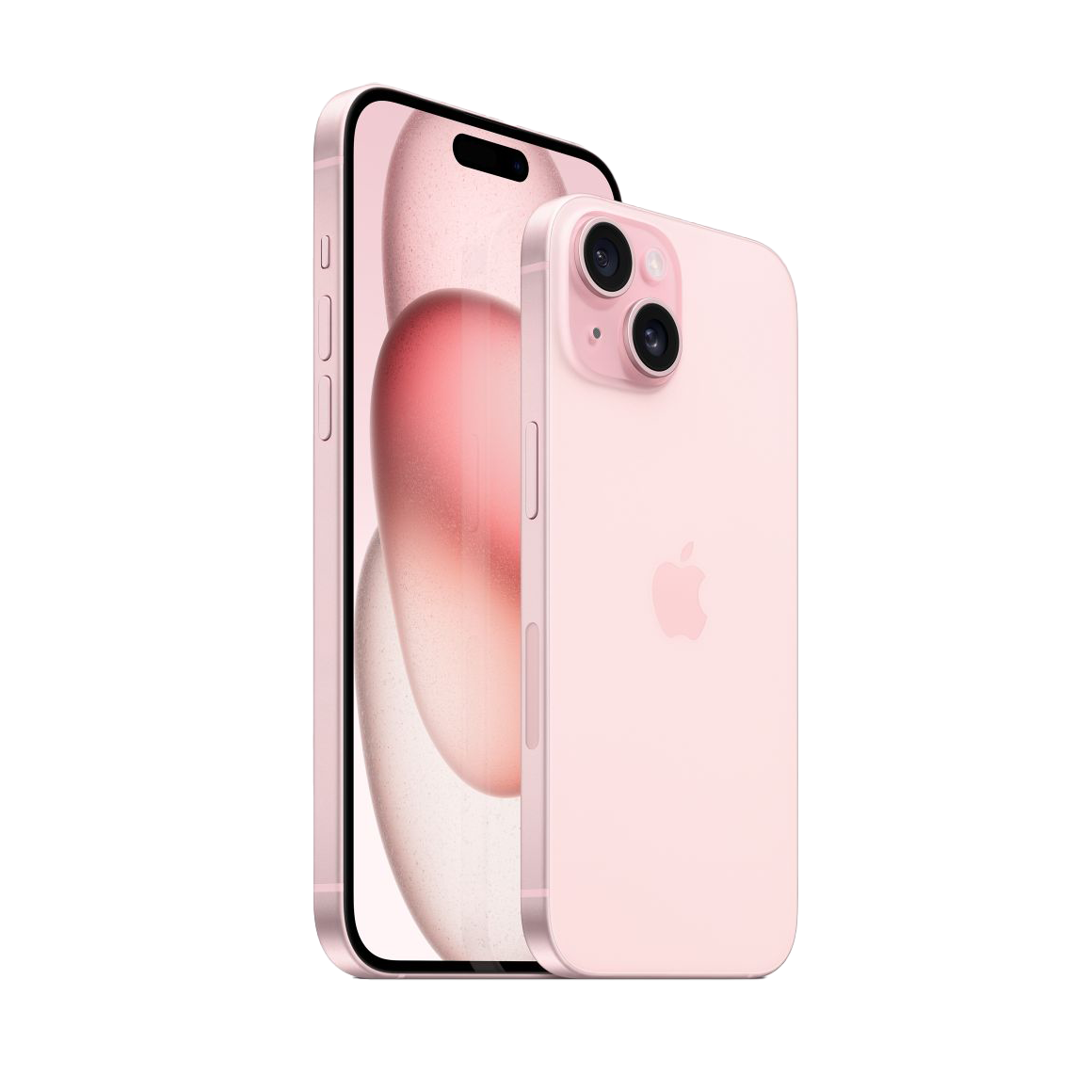
Apple iPhone 15
The iPhone 15 is still a solid option in 2025 if you’re specifically looking for an iPhone to add to your Apple ecosystem. It’s reliable and has a capable set of cameras.
- SoC
- Apple A16 Bionic
- Display type
- OLED, 60Hz
- Display dimensions
- 6.1″
- Storage
- 128GB, 256GB, 512GB
- Battery
- 3,877mAh
- Rear camera
- 48MP main; 12MP ultrawide
3 Google Pixel 8 Pro
Best for camera enthusiasts
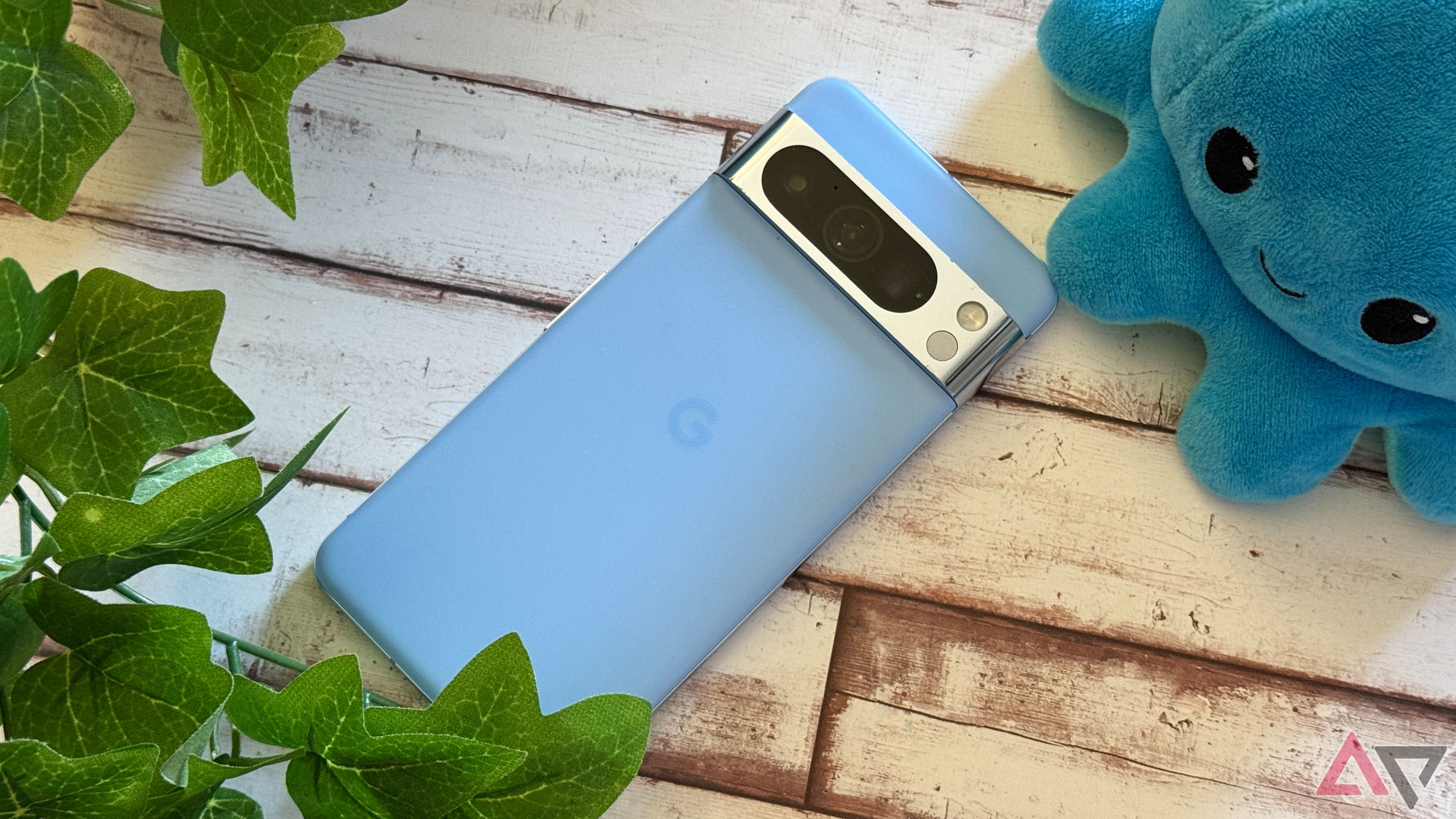
Google’s Pixel lineup of smartphones is well-known for its camera capabilities. The Pixel 8 Pro, last year’s flagship Pixel, is no different. It has a superb set of cameras that puts it on the list of the best smartphone cameras in 2024. While its successor, the Pixel 9 Pro, has taken that crown, the Pixel 8 Pro is still one of the best used phones that camera enthusiasts can get. The phone can be had for around $350 to $400, making it competitive.
It may not be as well-rounded as the OnePlus 12R, but the Tensor G3 is no slouch. The rest of the specs are flagship-grade, like the 120Hz Quad HD display, a metallic frame with a glass back, a triple camera setup with a periscope camera, and a large 5,000mAh battery to handle all the internals. Additionally, Google promised seven years of software support for the Pixel 8 series, so the Pixel 8 Pro is slated to get updates until 2031, making it the most future-proof smartphone on this list. If you want a versatile and capable camera phone that doesn’t burn a hole in your pocket, the Pixel 8 Pro is a solid pick.
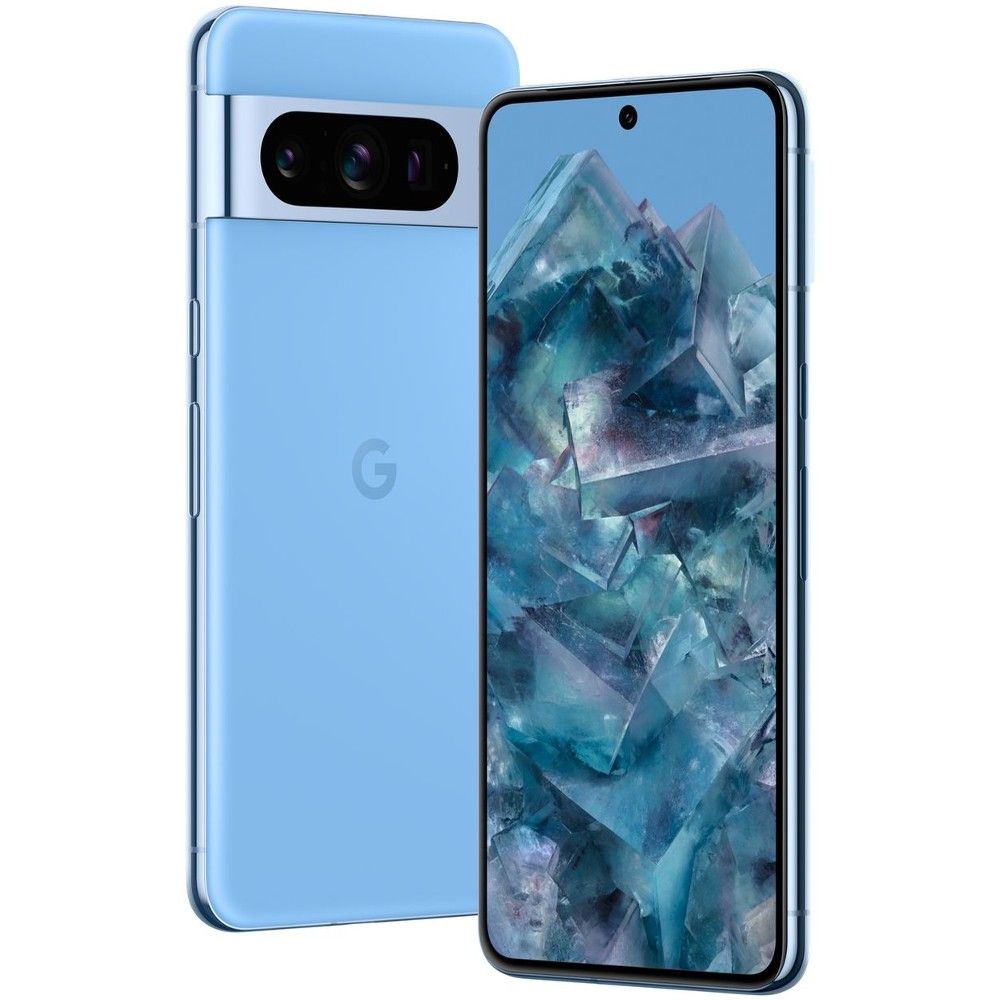
Google Pixel 8 Pro
The Google Pixel 8 Pro is still a good deal in 2025, with plenty of software support and a premium flagship experience. The Tensor G3 is powerful enough for most tasks, and you’ll enjoy plenty of Pixel extras on Android 15. If you’re in the market for a Pixel but don’t want to pay flagship prices, the Pixel 8 Pro is worth a look.
- SoC
- Google Tensor G3
- Display type
- LTPO OLED, 1-120Hz
- Display dimensions
- 6.7″
- Storage
- 128GB, 256GB, 512GB, 1TB
- Battery
- 5,050mAh
- Rear camera
- 50MP Octa PD wide camera, 48MP Quad PD ultrawide camera, 48 MP Quad PD telephoto camera
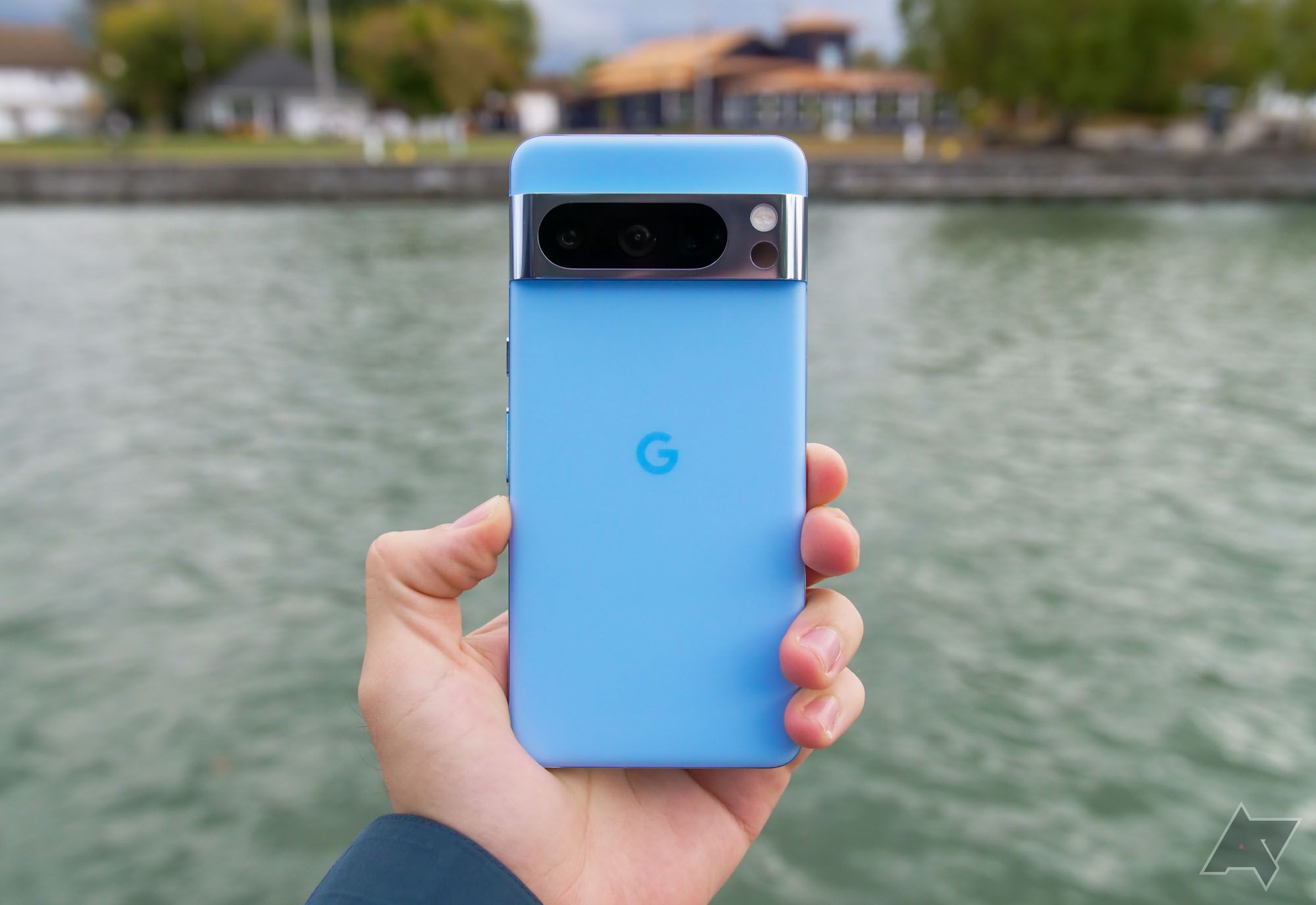
Read our review
Google Pixel 8 Pro: Living up to its name
If you want to see the future of Google, the Pixel 8 Pro is the phone to buy
2 Samsung Galaxy S23 Ultra
Affordable flagship under $500
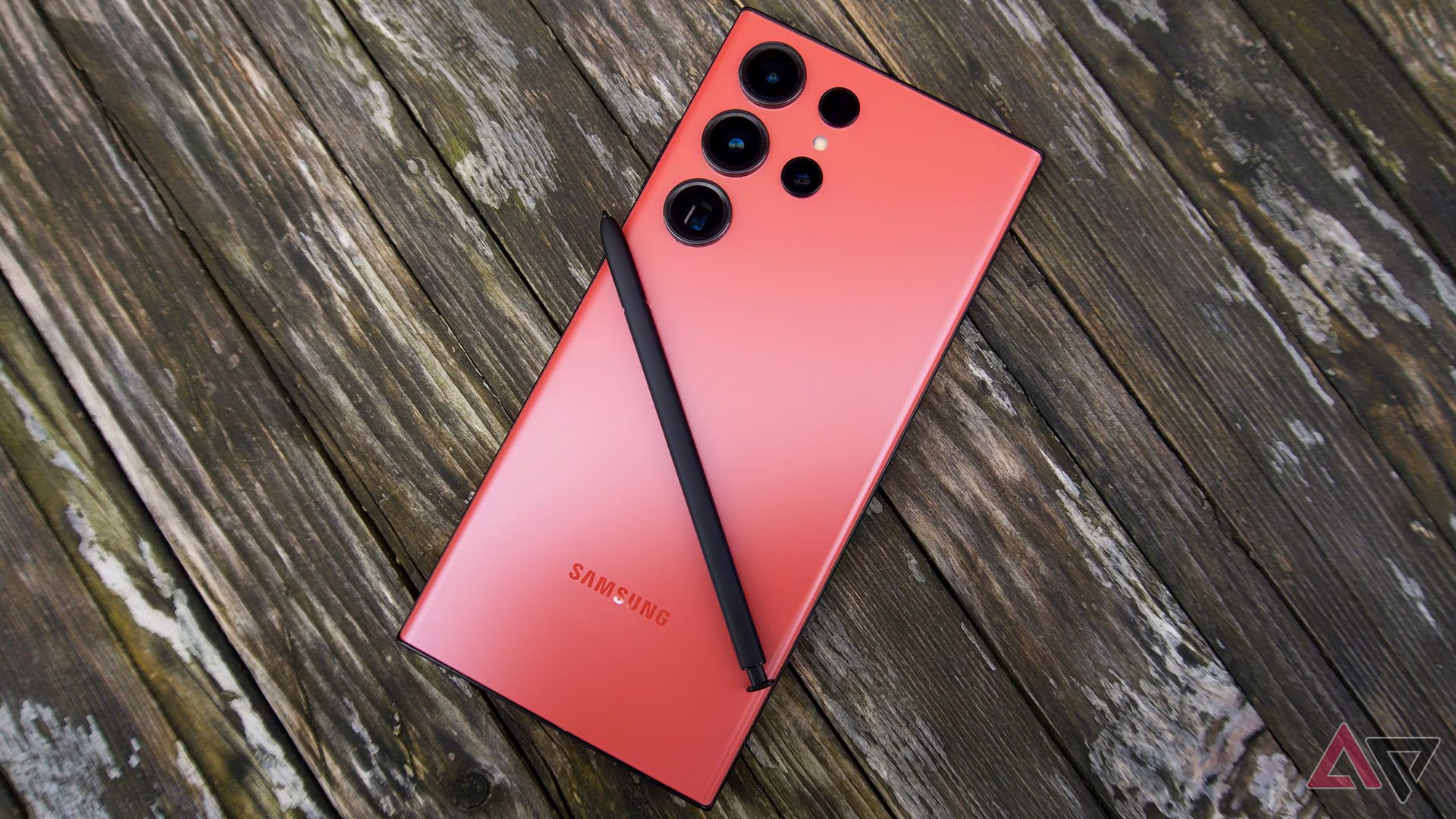
If you’re looking for an out-and-out flagship that covers most bases, and doesn’t exceed the $500 mark in the secondhand market, the Samsung Galaxy S23 Ultra is your best bet. While it is two years old, the Snapdragon 8 Gen 2 is a powerful chip that pushes through intensive tasks and games. Along with raw performance, the S23 Ultra has a fantastic 6.8-inch 120Hz display with S Pen support, a beautiful design, four cameras on the rear for versatility, and a large 5,000mAh battery to run the show.
I recommend the Galaxy S23 Ultra over last year’s Galaxy S24 Ultra because the differences between the two aren’t major. The S23 Ultra has a better camera setup thanks to the 10X periscope camera that provides better magnification than the 5X one on the S24 Ultra. Samsung’s promise of four years of software updates means that the phone will get the One UI 7 update soon, followed by two more years of updates. For under $500, the Galaxy S24 Ultra is a value champ.
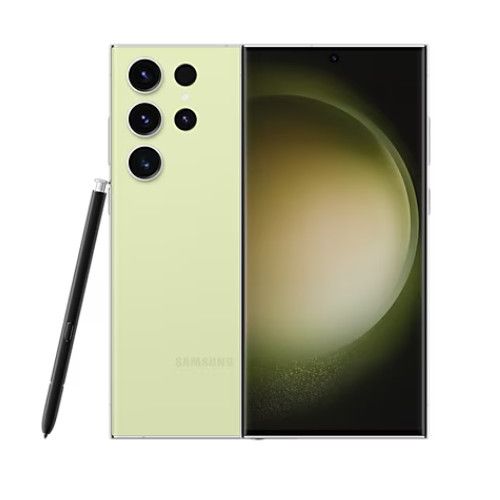
Samsung Galaxy S23 Ultra
Despite being two years old, the Galaxy S23 Ultra still holds its own as one of the most well-rounded flagship devices in 2025. It has brilliant hardware coupled with long-term software support.
- SoC
- Qualcomm Snapdragon 8 Gen 2 Mobile Platform for Galaxy
- Display type
- AMOLED, 1~120Hz refresh
- Display dimensions
- 6.8 inches
- Storage
- 256GB, 512GB, or 1TB
- Battery
- 5,000mAh
- Rear camera
- 200MP f/1.7 OIS main, 12MP f/2.2 wide (120°), 10MP f/2.4 OIS zoom (3x), 10MP f/4.9 OISzoom (10x)
1 OnePlus Open
Still the best foldable in town

Even 1.5 years after its release, the OnePlus Open is one of the best foldables that money can buy in the US market. This is mainly due to the perfect balance that OnePlus struck with the phone in 2023. The Snapdragon 8 Gen 2 handles performance, the outer display has an aspect ratio similar to a conventional phone, the inner display is a large 7.82-inch unit, the cameras are impressive, the 4,805mAh battery is larger than most phones with this form factor, and all of this is packed into a phone that’s 8.9mm thin when closed, while weighing in at 234g.
It’s one of the few folding phones that feels like a standard candybar-style phone. Apart from the solid hardware, OnePlus nailed the software with the OnePlus Open. Oxygen OS for foldables is well-optimized, has several features, and has the best multitasking UI among all foldables in the market. This makes the OnePlus Open the reigning foldable king, despite newer options like the Galaxy Z Fold 6 and the Pixel 9 Pro Fold. The deal becomes even sweeter when you find a used one for around $700 to $800. Look for the Open Box price, which is usually listed below the retail price.
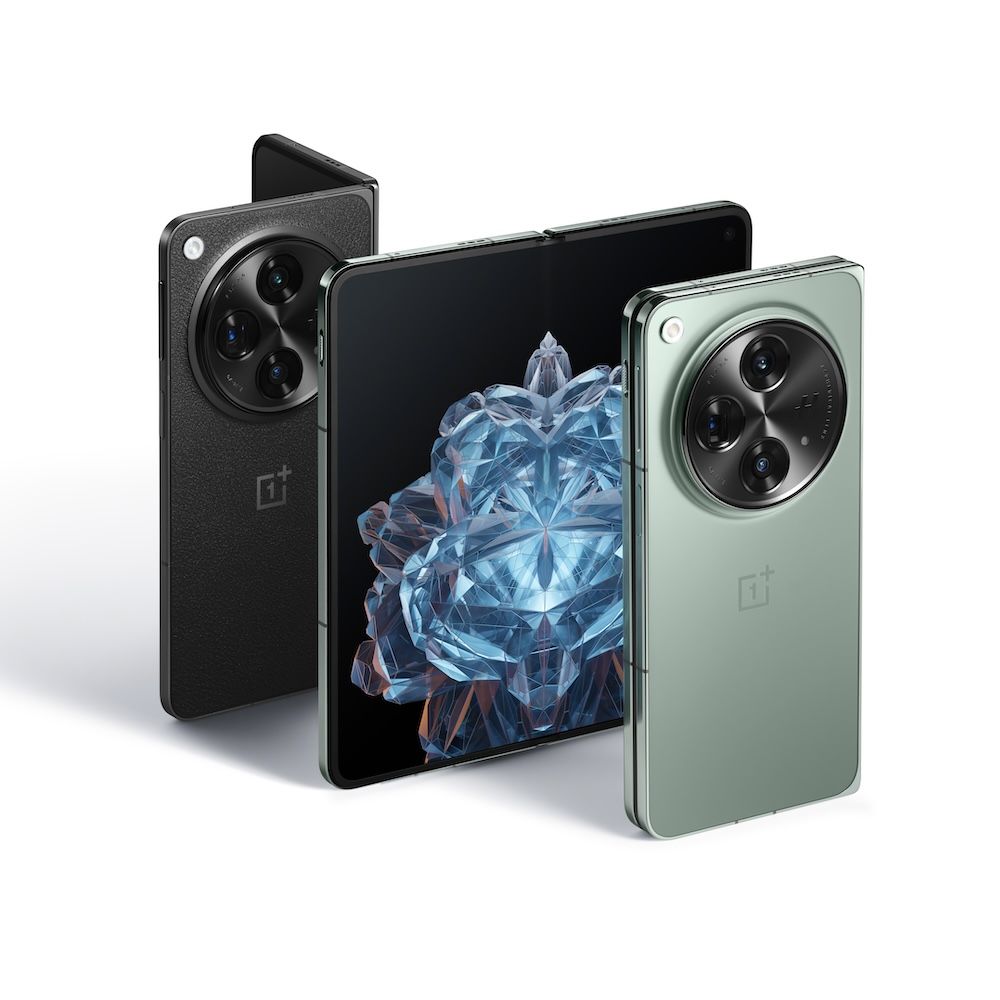
OnePlus Open
OnePlus’ first foldable packs an impressive specs sheet and boasts some equally remarkable features. The lightweight design, the super-bright cover and folding screens, the high-end internals, and the triple-camera setup make the OnePlus Open a great alternative to Samsung’s Galaxy Z Fold lineup.
- SoC
- Snapdragon 8 Gen 2
- Display type
- OLED, 120Hz
- Display dimensions
- 7.82″ (main); 6.31″ (cover)
- Storage
- 512GB
- Battery
- 4805mAh
- Rear camera
- 48MP f/1.7, 64MP f/2.6 3x camera, 48MP f/2.2 ultrawide
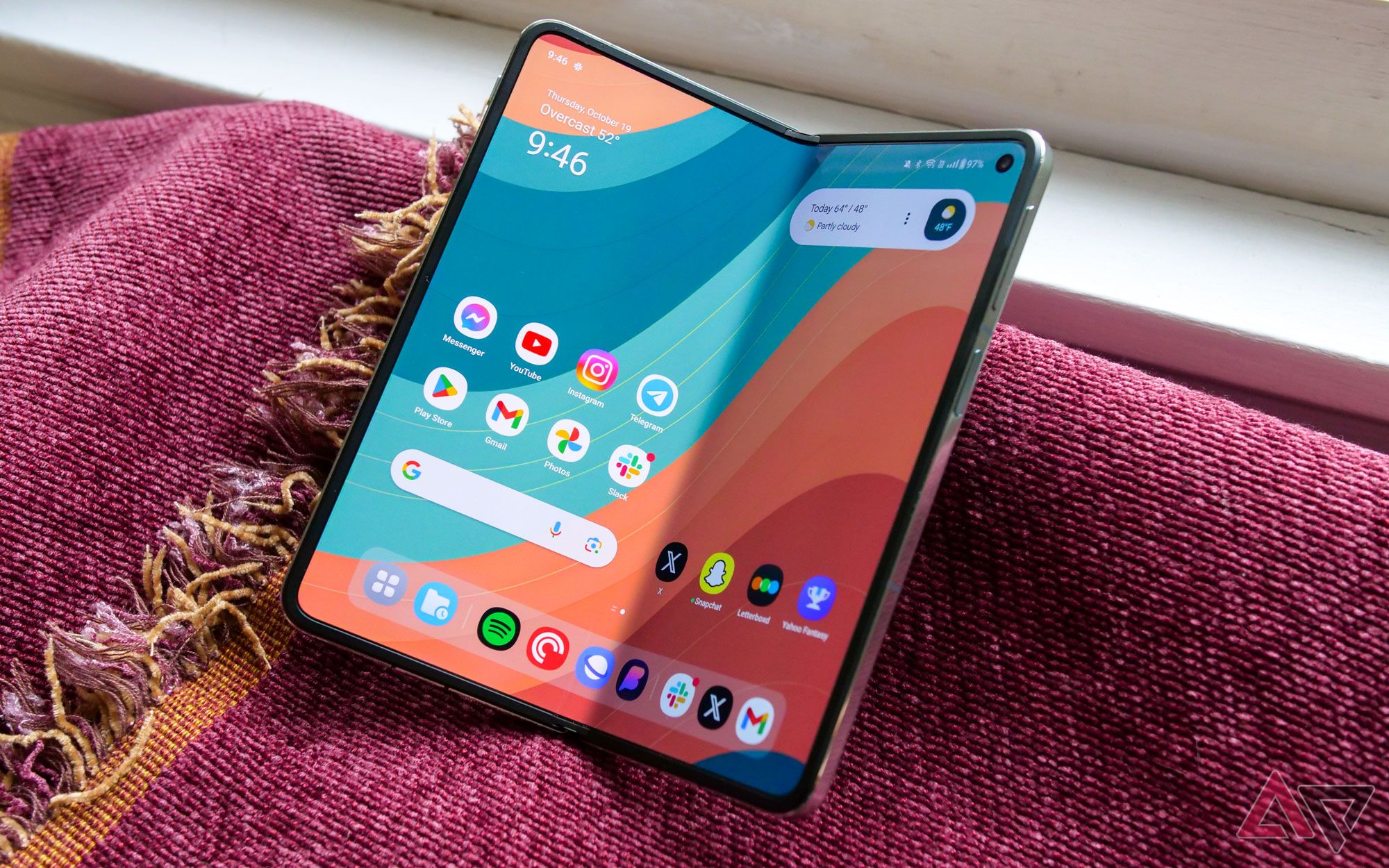
Related
Get the best value for your money
Considering you can get last year’s flagship for less than half the price of the latest one, secondhand phones seem to provide the best bang for your buck. Even if you’re not looking for a flagship device, older mid-range smartphones in the $200 to $300 range are better options than the latest budget-oriented phones. If you’re okay with picking up a device that’s not shiny and may have a couple of scratches, secondhand phones make a lot of sense. They are lighter on your pockets and leave a smaller carbon footprint than buying a new one.
What’s your reaction?
Love0
Sad0
Happy0
Sleepy0
Angry0
Dead0
Wink0

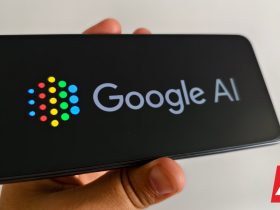
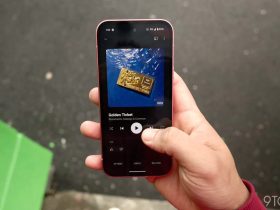




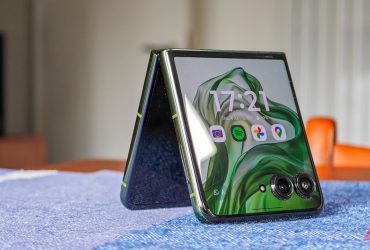
Leave a Reply
View Comments